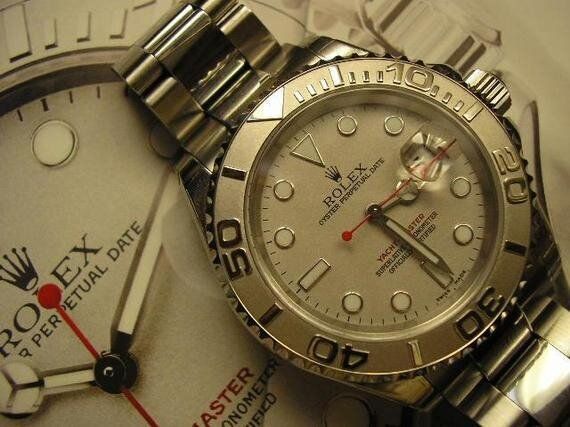
Peer-to-peer lending is a booming market in the UK. According to the Peer 2 Peer Finance Association, cumulative lending at the end of the second quarter of this year stood at over £3.1 billion, with over 116,000 current lenders and more than 188,000 borrowers.
Around a decade old, the rapid growth of the industry in the current financial climate is not hard to understand. With banks cutting back on credit, peer-to-peer lending has filled a gap in the market. And with interest rates persisting at historic lows, providing little incentive for savers, those with money to spare are being attracted by the promise of the better returns they can receive as lenders.
The industry is currently dominated by Zopa and Ratesetter. In October last year, Zopa was advertising a rate of 4% for up to three years and 5.2% for five years, after the deduction of its 1% fee. RateSetter, meanwhile, quoted returns of 3.8% for one year, 4.7% for three years and 5.9% for five years.
However, as Amy Ellis of Moneysavingexpert.com tells the Guardian: "The advertised rates on the biggest peer-to-peer sites are generally after fees and bad debts, but before tax - so the actual return that you'll get will be lower than advertised in big numbers when you land on the website."
Today, Zopa offers a net return of 3.04% on a three-year loan after tax, while RateSetter offers 4.4%.
Although an improvement on even the best savings accounts out there today, and despite safeguards, there is often a risk involved and lenders are not always being adequately compensated for that risk.
"In a normal credit environment higher risk would demand higher returns, but we are not operating in a normal world of credit," writes John Ficenec in the Telegraph. "Demand from desperate investors scrabbling for returns is driving down the rates on offer from all asset classes. These are dangerous times, when risk can be horribly mispriced. Lending money is easy; it is getting it back that is the tricky part -- and that is only seriously tested during a downturn."
One of the newer kids on the peer-to-peer lending block has come up with a solution to the problem of lender risk, however. Unbolted not only offers higher rates for lenders - 10% and over - it secures all of its loans against borrowers' assets.
Borrowers send in photographs of their assets - from gold, silver and jewellery to fine wines, musical instruments, paintings and luxury handbags and watches - and within three hours typically receive a loan offer. The asset is then sent in to Unbolted before the loan is received.
While default rates in the industry as a whole remain low, the risk is always there, and Unbolted promises to protect its lenders - who have lent anything from £50 up to £100,000 thus far - from this risk. If a borrower defaults, Unbolted sells the asset to compensate the lender. Interestingly, the company states that it will never chase the borrower, and any surplus proceeds from the sale after auction fees and costs have been paid will be returned to them, thus creating a more secure environment for both the lender and the borrower.
"No peer-to-peer platform has done what we do, which is bring the benefits of secured personal asset financing or valuables financing, so unlocking the value, just bringing in large amounts of small investors who would not be looking to profiteer, but just get a yield on their returns," says Rito Haldar, who co-founded Unbolted along with Ashwin Parameswaran.
"Similarly for the lenders, the rates we offer for the risk is far superior to what's available out in the market today. They get 10% plus. If it's gold, it's even hedged against any fall in the price of gold. You can go and buy a derivative in the market, which would allow you to ensure that if gold prices fall, the lender is protected. There is really no risk to the lender."
The Bank of England is not likely to raise interest rates until next year and even then its initial rises are unlikely to be precipitous. Peer-to-peer lending continues to offer savers better returns and if there is a way for them to achieve this with zero risk, then they may find themselves in a win-win situation.
